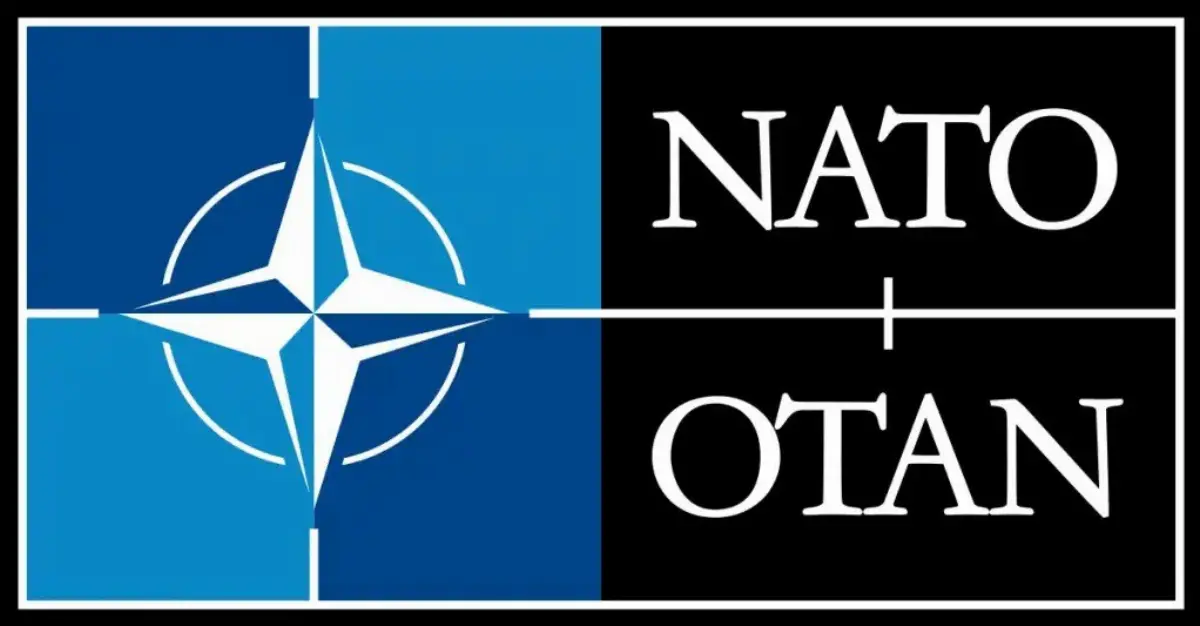
Do you want to access to this and other private contents?
Log in if you are a subscriber or click here to request service
NATO starts research on future helicopters
Published first tender for studies on new engine architecture

The first conceptual study that will contribute to the design of a new generation military helicopter, according to the provisions of the Next-Generation Rotorcraft Capability (NGRC) program of the North Atlantic Treaty Organization (NATO), will start soon. This is an initiative launched last year following an agreement between the six member countries of the Atlantic Alliance.This includes "transmission...
Gic - 1252386
AVIONEWS - World Aeronautical Press Agency
AVIONEWS - World Aeronautical Press Agency